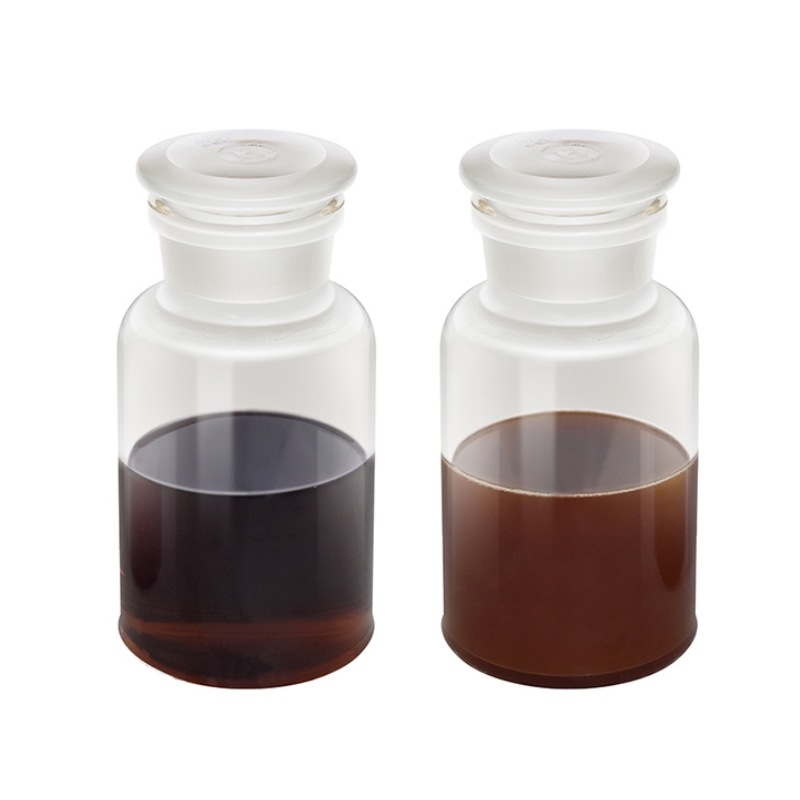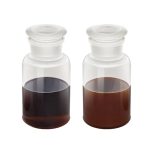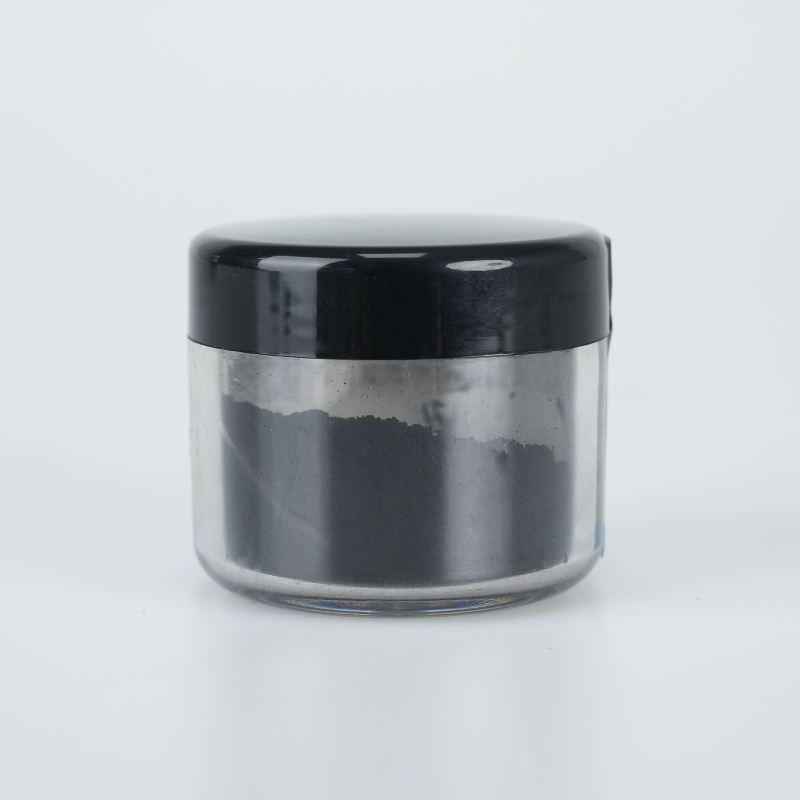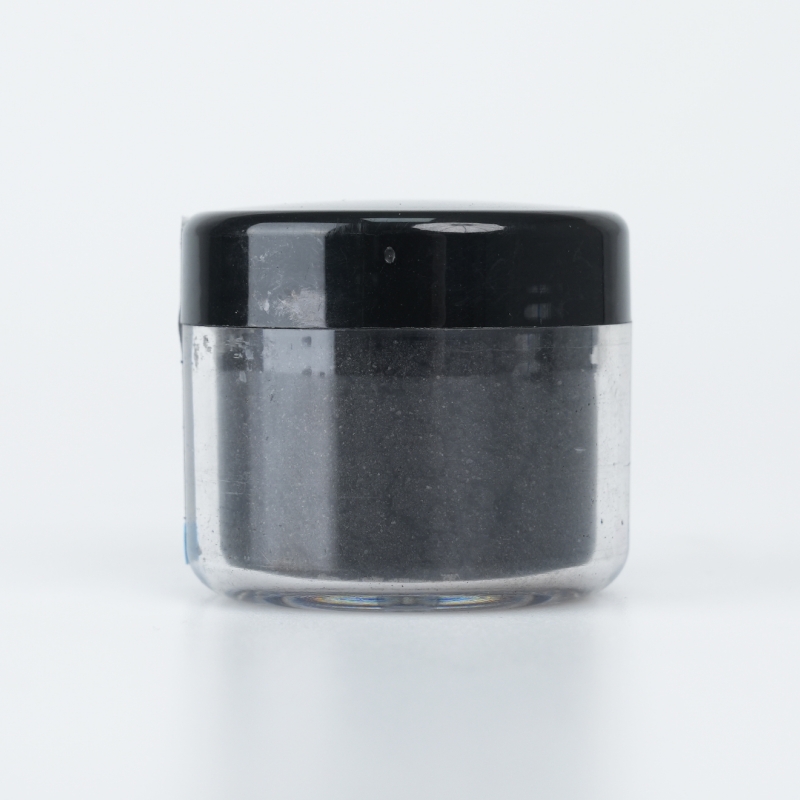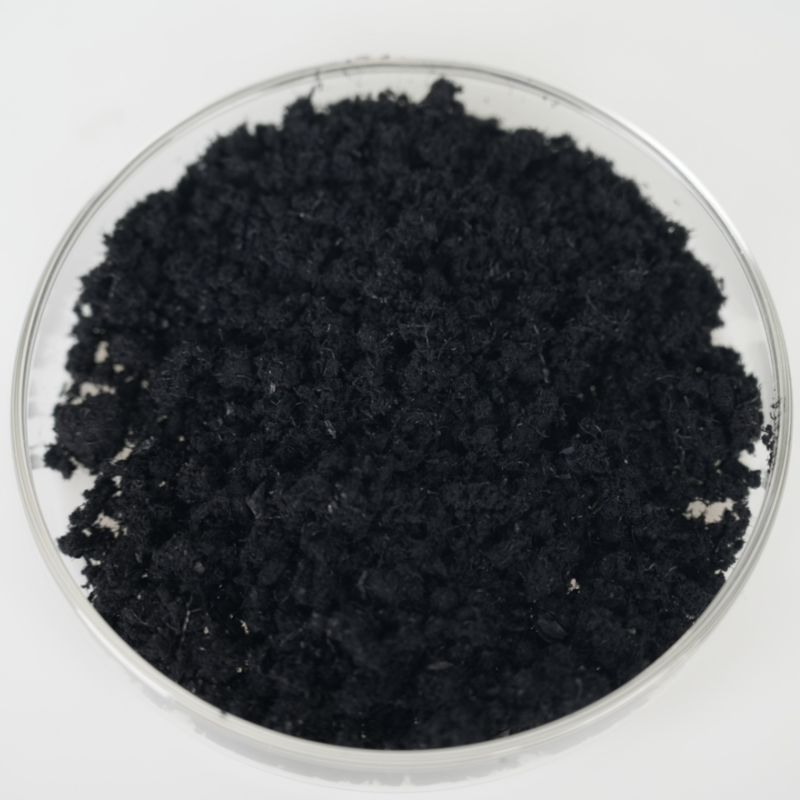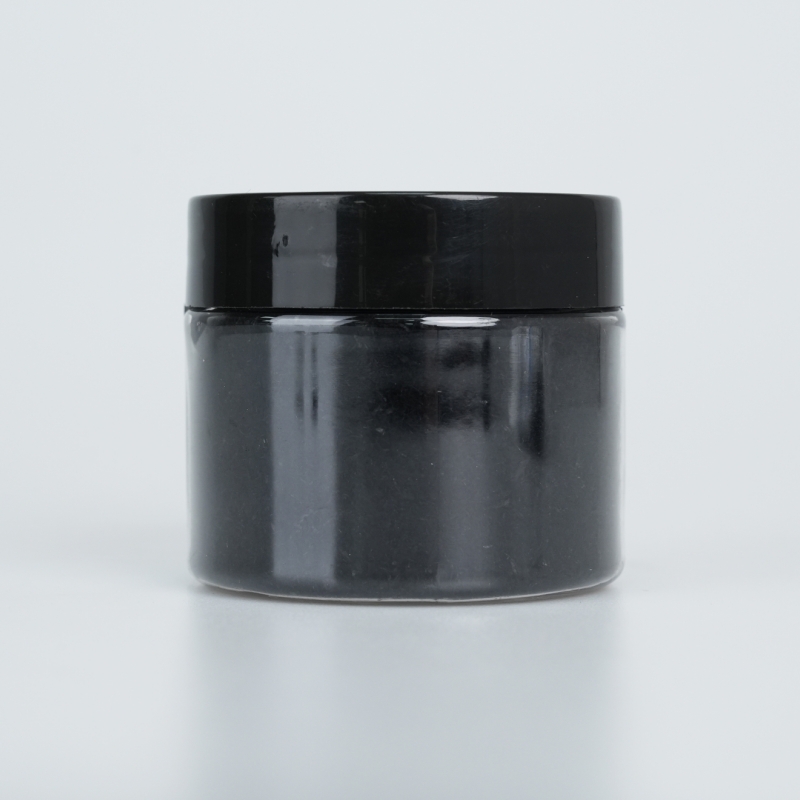PEI-modified magnetic Fe₃O₄ nanoparticles provide optimized surface functionalization, superior biocompatibility, and enhanced magnetic responsiveness. Designed for advanced biomedical applications, they ensure efficient conjugation, extended circulation stability, and high-performance adaptability.
Product Overview
PEI-modified magnetic Fe₃O₄ nanoparticles are composite nanomaterials that combine the magnetic properties of Fe₃O₄ with the high density of amine groups from polyethyleneimine (PEI). The PEI modification imparts a high positive surface charge to the Fe₃O₄ nanoparticles, enhancing their interaction with negatively charged cell membranes and improving their dispersion in aqueous media. These modified nanoparticles are widely used in biomedical applications, particularly in magnetic resonance imaging (MRI) and drug delivery.
Key Features
- High Surface Charge: The high density of amine groups on PEI provides Fe₃O₄ nanoparticles with a significant positive surface charge, enhancing their stability in biological systems and promoting efficient cellular uptake.
- Good Colloidal Stability: The PEI modification improves the dispersion of Fe₃O₄ nanoparticles in aqueous media, preventing aggregation and ensuring stable colloidal suspension.
- MRI Contrast Enhancement: PEI-modified Fe₃O₄ nanoparticles serve as effective MRI contrast agents, improving imaging resolution and contrast for better disease detection.
- Enhanced Cellular Uptake: Due to their surface characteristics, these nanoparticles are easily internalized by cells, facilitating drug delivery and gene transfection.
- Suitable for Transfection Studies: The transfection capability of PEI makes the modified Fe₃O₄ nanoparticles ideal for DNA or RNA cell transfection research.
Applications
- Magnetic Resonance Imaging (MRI): PEI-modified Fe₃O₄ nanoparticles can be used as MRI contrast agents to enhance image contrast and improve disease detection sensitivity.
- Targeted Molecular Imaging: By functionalizing the surface of Fe₃O₄ nanoparticles with targeting molecules (such as FITC, folic acid, or hyaluronic acid), imaging specificity for certain cells or tissues can be enhanced.
- Dual-modal or Multi-modal Imaging: Combining PEI-modified Fe₃O₄ nanoparticles with other imaging materials (such as gold nanoparticles) can create composite nanomaterials for MR/CT dual-modal imaging.
- Drug Delivery System: PEI’s high density of amine groups can form stable complexes with drug molecules, and the magnetic properties of Fe₃O₄ enable targeted delivery and controlled release of therapeutic agents.
| Technical Parameter | Description |
| Form | Brown-clear aqueous colloid |
| Main Components | PEI@Fe₃O₄, ultrapure water |
| Notes | 1. Particles smaller than 10nm require magnetic separation columns. |
| Particles around 20nm can be separated by long magnetic attraction (not very effective; for full separation, use magnetic separation columns). | |
| Particles larger than 30nm can be separated directly by magnets. | |
| 2. Zeta potential is positive, with variations between batches. | |
| 3. Size is customizable, and can be made up to micrometer scale. |
 new material
new material

